Somerdata AROW Series Programming manual




















This manual suits for next models
3
Table of contents
Popular Network Hardware manuals by other brands

Honeywell
Honeywell 35 Series user guide
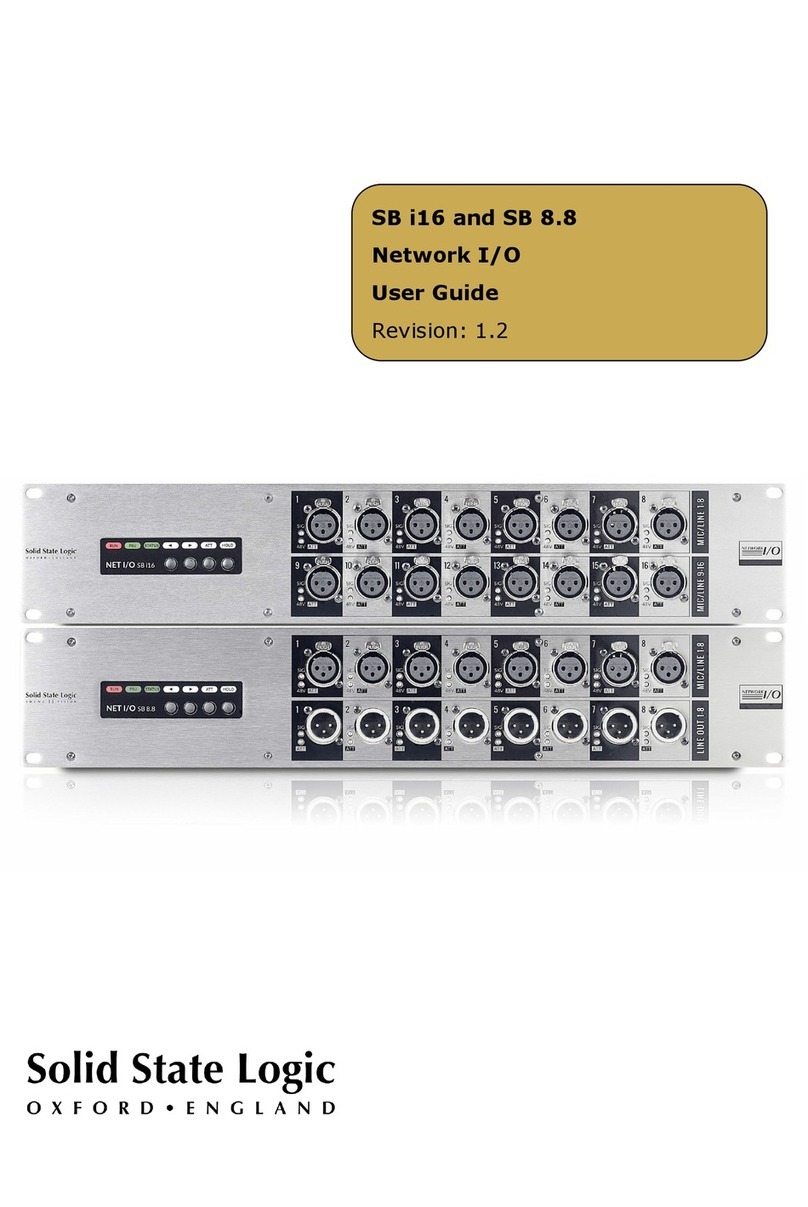
Solid State Logic
Solid State Logic SB i16 user guide
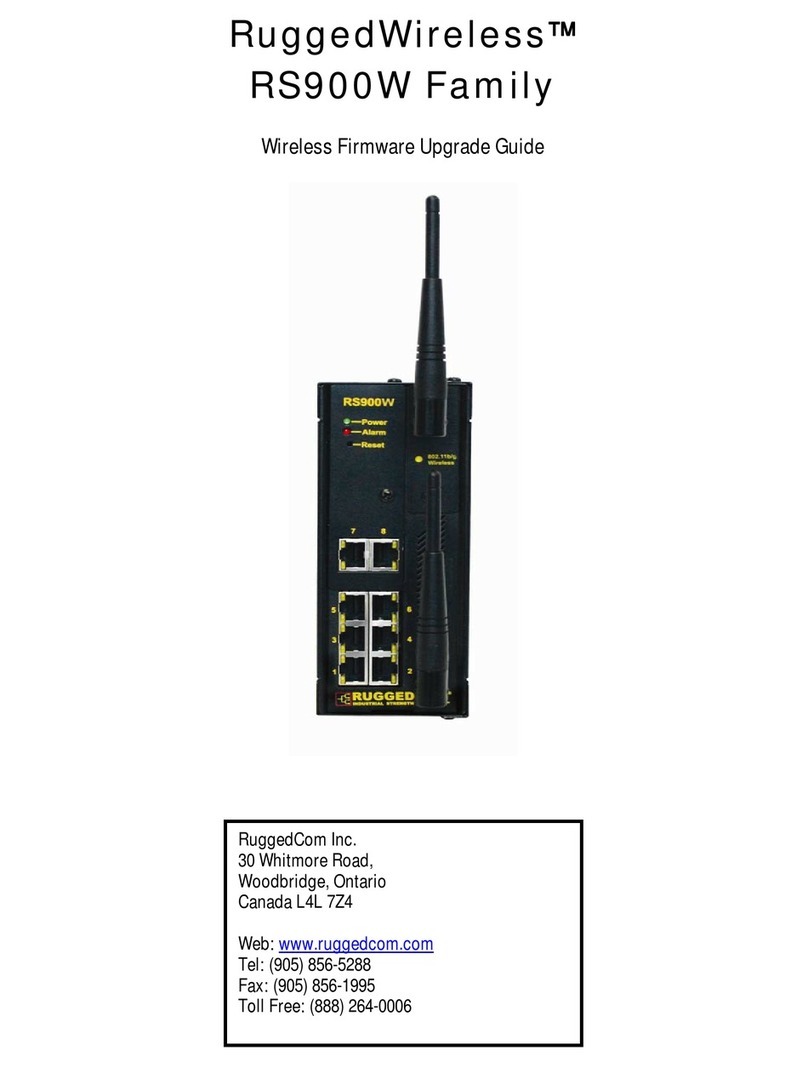
RuggedCom
RuggedCom RuggedWireless RS900W Family Upgrade guide
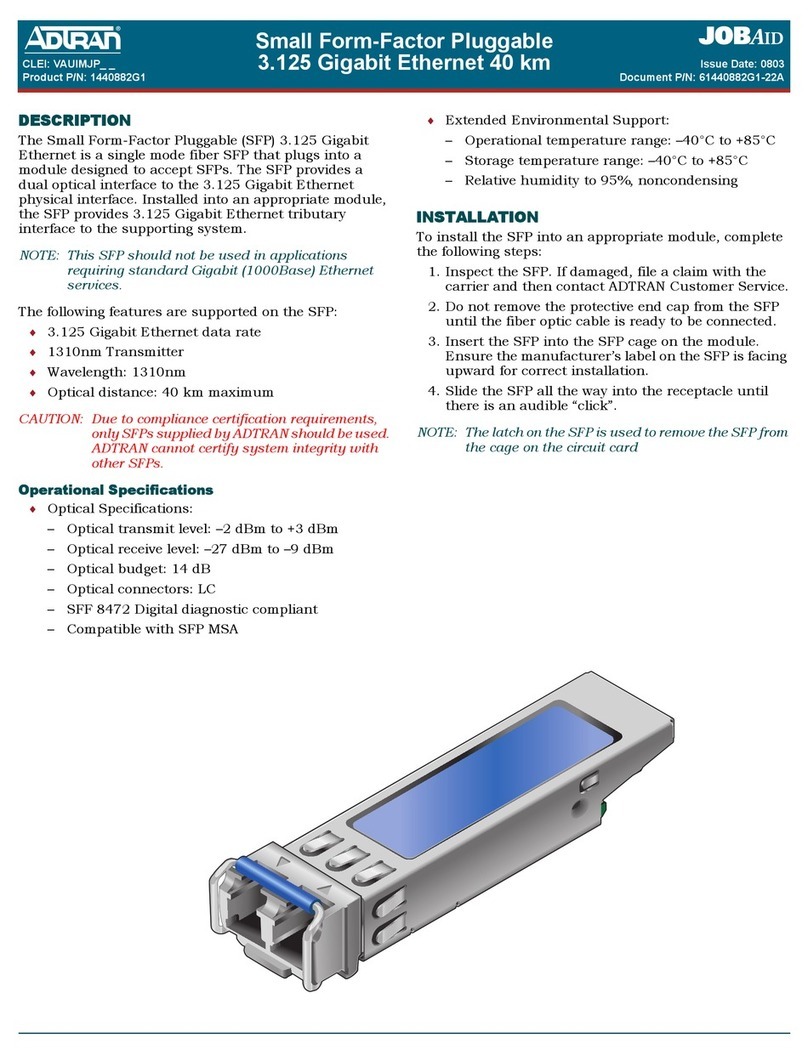
ADTRAN
ADTRAN 3.125 Gigabit Ethernet Job aid
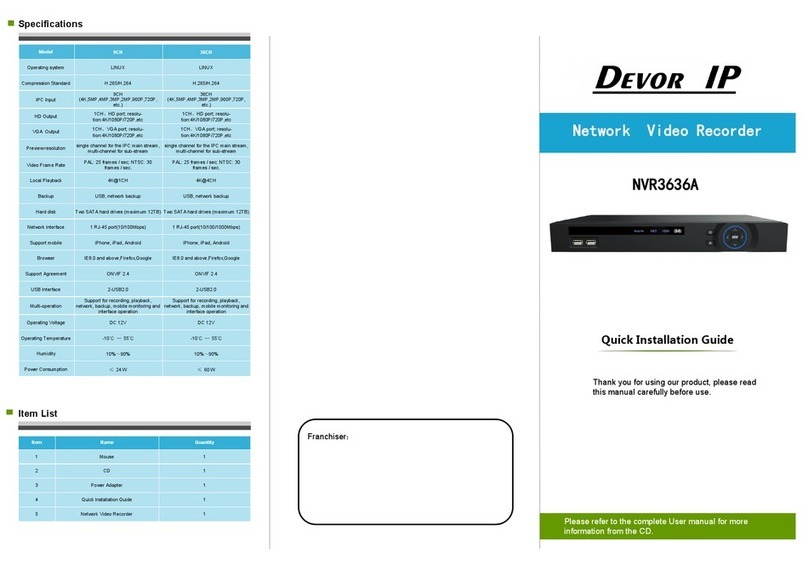
Devor IP
Devor IP NVR3636A Quick installation guide
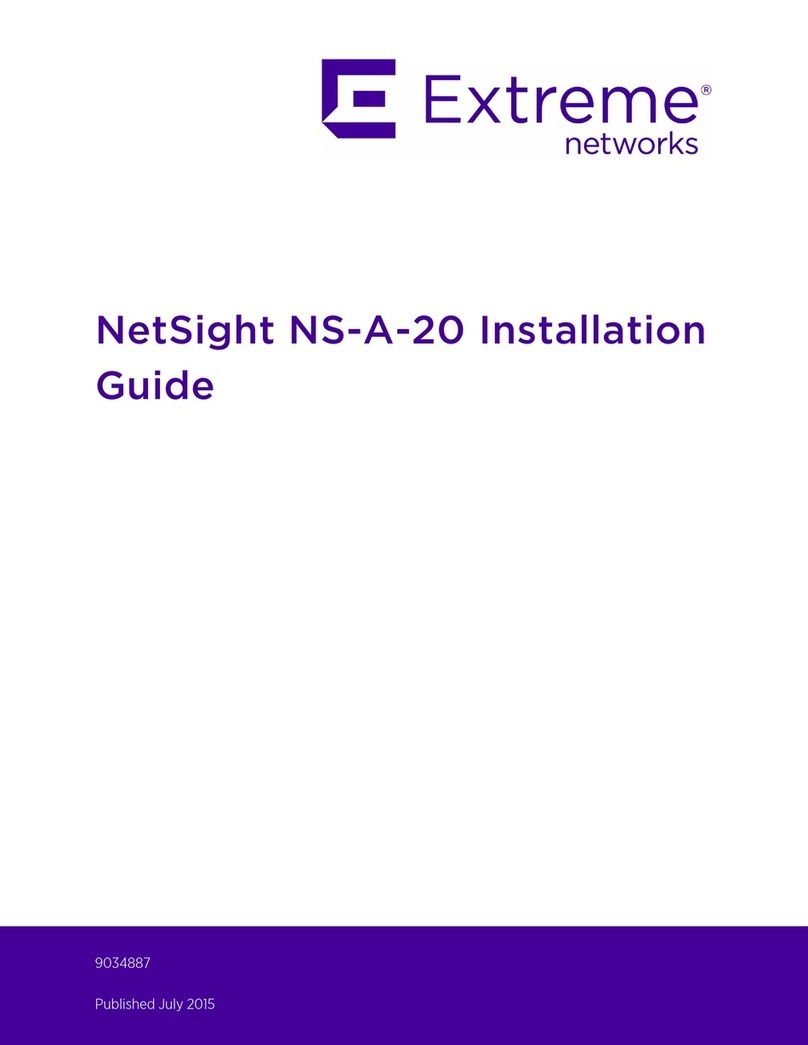
Extreme Networks
Extreme Networks NetSight NS-A-20 installation guide

Huawei
Huawei LUNA2000-97KWH-1H1 Maintenance manual
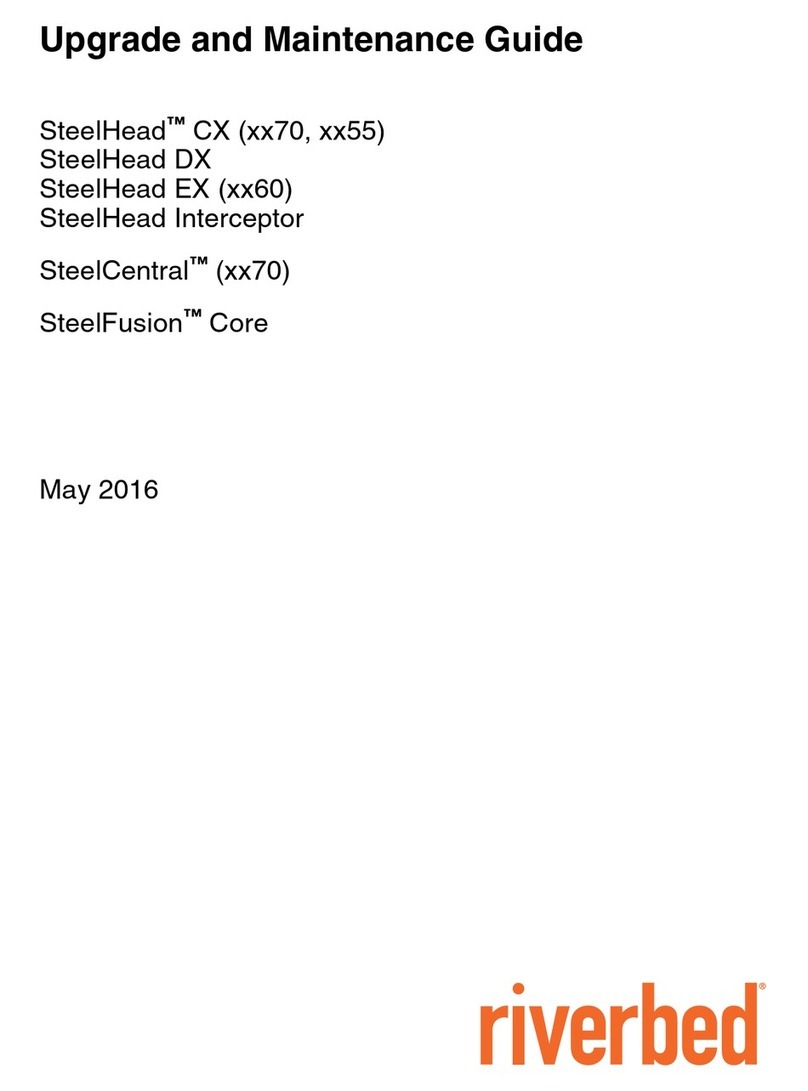
Riverbed
Riverbed SteelHead CX xx70 Series Upgrade and Maintenance Guide
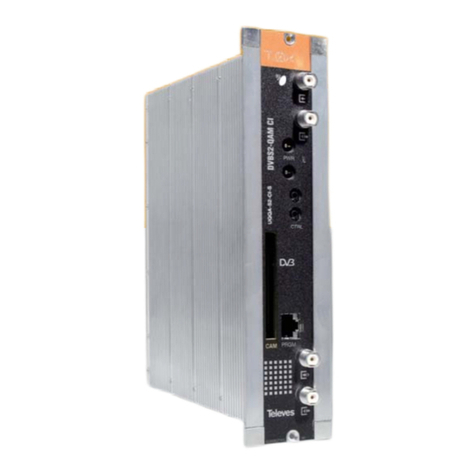
Televes
Televes TOX Series User instructions
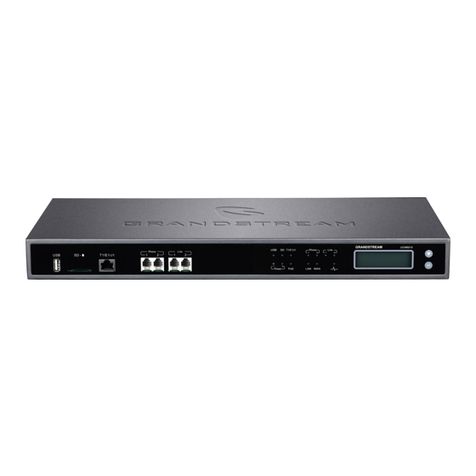
Grandstream Networks
Grandstream Networks UCM6510 How to configure

Bull
Bull Escala Power7 Series installation guide

CAMBRIONIX
CAMBRIONIX TS2-16 user manual
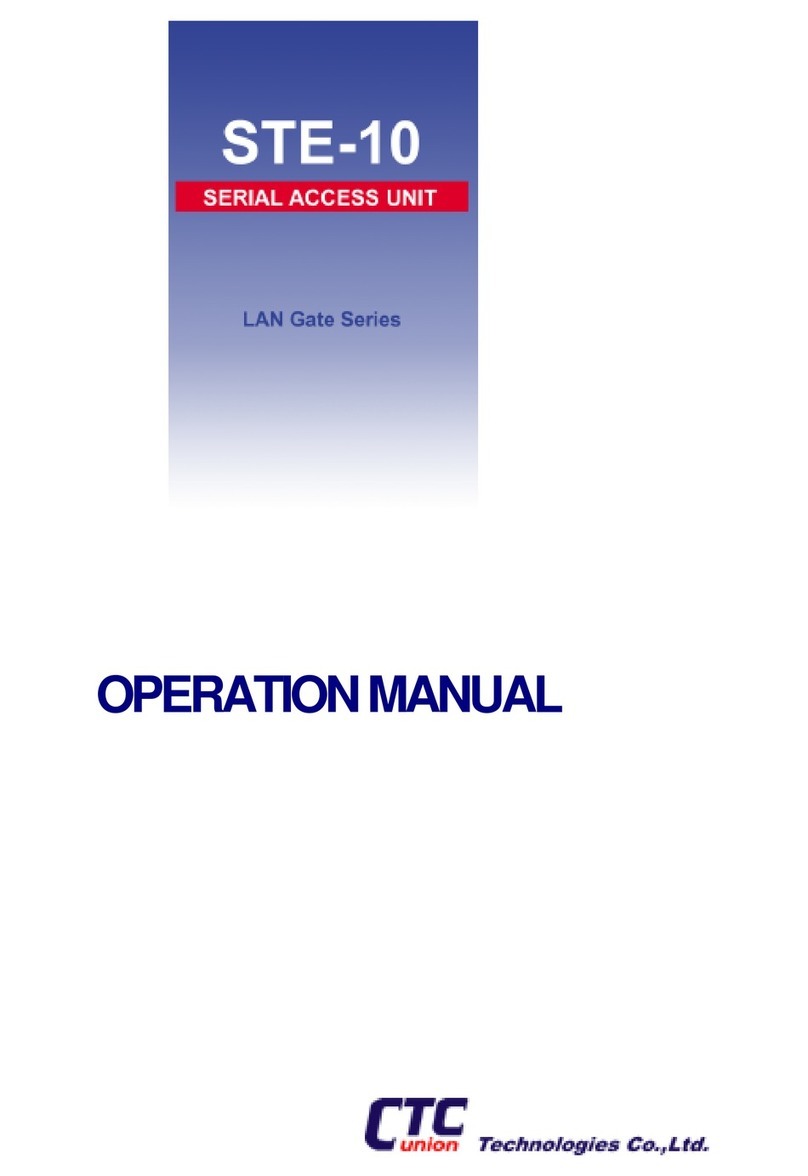
CTC Union
CTC Union STE-10 Operation manual

Patton electronics
Patton electronics RocketLink-G 3088 Series user manual
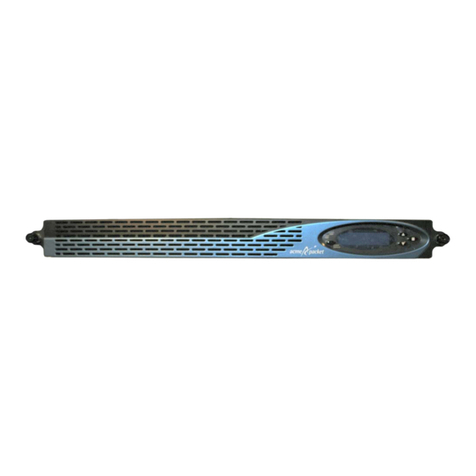
Oracle
Oracle Acme Packet 4600 Hardware installation and maintenance guide
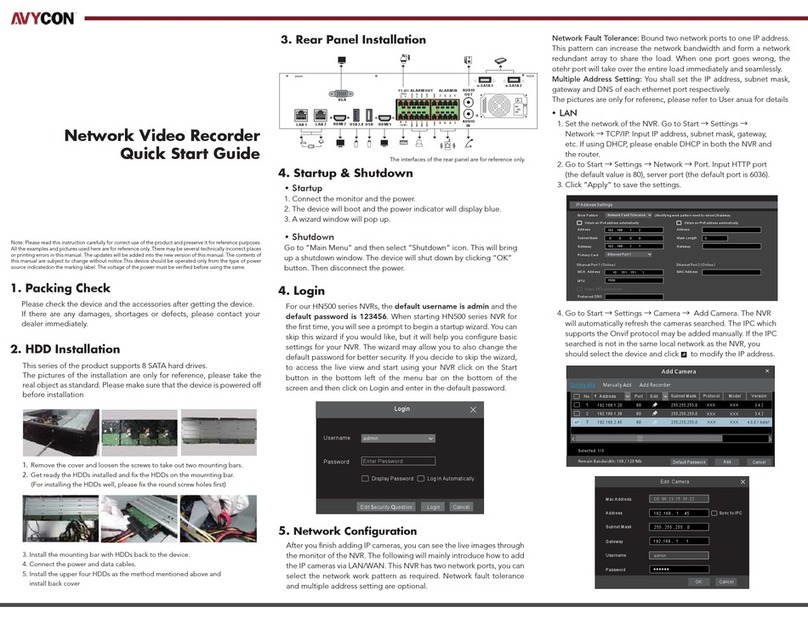
AVYCON
AVYCON HN500 Series quick start guide

Comtrol
Comtrol InterChangeVS 1000 Installation reference guide

websense
websense V10000 Getting started